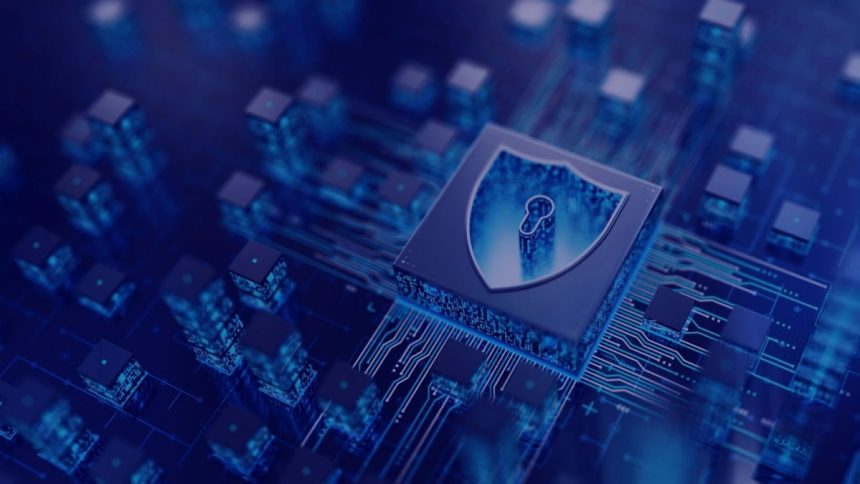In 2025, the cybersecurity landscape is poised to become even more dynamic and complex as technology continues to evolve. Businesses face increasing threats from sophisticated attackers who exploit vulnerabilities faster than ever. From ransomware targeting critical data to insider threats stemming from unauthorized access, the stakes are higher for companies of all sizes. As cyber risks grow, staying ahead of emerging trends is essential for protecting sensitive information, maintaining operational continuity, and safeguarding customer trust.
This year, businesses will witness the rise of advanced security practices driven by cutting-edge tools like artificial intelligence, zero-trust architectures, and privileged access management solutions. These innovations offer powerful ways to mitigate risks, but they require thoughtful implementation to be effective. By understanding the key cybersecurity trends shaping 2025, business owners can take proactive steps to strengthen their defenses and foster a culture of security that keeps them resilient against evolving threats.
1. AI-Powered Threat Detection
Artificial intelligence (AI) continues to revolutionize cybersecurity, making it a critical tool for detecting and mitigating threats in real time. In 2025, businesses will increasingly leverage AI to analyze vast amounts of data, identify anomalies, and neutralize cyberattacks before they escalate.
- Why It Matters: AI-powered solutions reduce the time it takes to respond to threats, protecting sensitive data and maintaining operational continuity.
- How to Implement: Invest in AI-driven tools that integrate with existing systems and train employees on recognizing AI-assisted alerts for enhanced threat visibility.
2. Zero Trust Architecture: A Necessity, Not a Trend
The zero-trust security model, which operates on the principle of “never trust, always verify,” will be the cornerstone of cybersecurity in 2025. It ensures that every access request is authenticated, regardless of its origin.
- Implementation Tips: Segment networks, enforce strong authentication protocols and continuously monitor access logs.
- Business Impact: Adopting zero trust reduces the risk of insider threats and minimizes the attack surface.
3. Rise of Ransomware-as-a-Service (RaaS)
Ransomware attacks have become more sophisticated, and with the advent of Ransomware-as-a-Service, they are more accessible to bad actors. These subscription-based models allow even non-technical individuals to launch attacks, making small and medium-sized businesses (SMBs) primary targets.
- Proactive Measures: Regularly update software, conduct frequent backups, and adopt robust endpoint detection and response (EDR) solutions.
- Employee Training: Equip employees with knowledge about phishing scams, as human error remains a significant vulnerability.
4. Privileged Access Management Solutions
Managing access to critical systems and data is pivotal as cybercriminals target privileged accounts to infiltrate organizations. Privileged Access Management (PAM) solutions are emerging as a must-have tool for businesses.
- What PAM Does: PAM solutions control and monitor access to high-value systems, ensuring only authorized personnel can access sensitive data or administrative functions.
- Benefits for Businesses:
- Enhanced Security: Minimizes the risk of insider threats by limiting access to only those who need it.
- Regulatory Compliance: Helps meet compliance requirements by maintaining detailed access logs and audit trails.
- Operational Efficiency: Streamlines access management processes, reducing the administrative burden on IT teams.
- Actionable Steps:
- Conduct a privilege audit to identify high-risk accounts.
- Deploy PAM tools that integrate seamlessly with your existing security ecosystem.
- Educate employees about the importance of secure access practices.
5. Quantum Computing and Post-Quantum Encryption
While quantum computing offers groundbreaking possibilities, it also poses a threat to traditional encryption methods. In response, businesses must prepare for the shift toward post-quantum encryption standards.
- Preparation Checklist:
- Evaluate existing encryption protocols and their vulnerability to quantum attacks.
- Collaborate with cybersecurity vendors that offer quantum-resistant solutions.
- Stay updated on developments from organizations like NIST, which are leading efforts to standardize post-quantum cryptography.
6. Strengthening Supply Chain Security
With increasing interconnectivity, supply chains have become a prime target for cyberattacks. A single vulnerable partner can expose an entire network to risk.
- Mitigation Strategies:
- Vet vendors and partners for their cybersecurity practices.
- Incorporate security clauses into contracts to enforce accountability.
- Employ continuous monitoring tools to detect vulnerabilities within the supply chain.
7. Enhanced Role of Regulatory Compliance
Governments worldwide are enacting stricter cybersecurity regulations to address the growing threat landscape. In 2025, non-compliance will carry heavier penalties, making it crucial for businesses to stay ahead.
- Steps to Stay Compliant:
- Regularly review and update security policies to align with current regulations.
- Utilize tools that offer automated compliance tracking and reporting.
- Engage cybersecurity consultants for expert guidance on complex regulatory requirements.
Taking Action in 2025
To thrive in an increasingly complex digital environment, business owners must prioritize cybersecurity as a core element of their strategy. Whether by leveraging AI-powered tools, adopting zero trust principles, or investing in privileged access management solutions, the key lies in proactive planning and continuous adaptation.
By staying informed and implementing these trends, businesses can not only protect their assets but also build trust with customers and partners. The question isn’t if cyber threats will come—it’s how prepared your business will be when they do.
Lynn Martelli is an editor at Readability. She received her MFA in Creative Writing from Antioch University and has worked as an editor for over 10 years. Lynn has edited a wide variety of books, including fiction, non-fiction, memoirs, and more. In her free time, Lynn enjoys reading, writing, and spending time with her family and friends.















